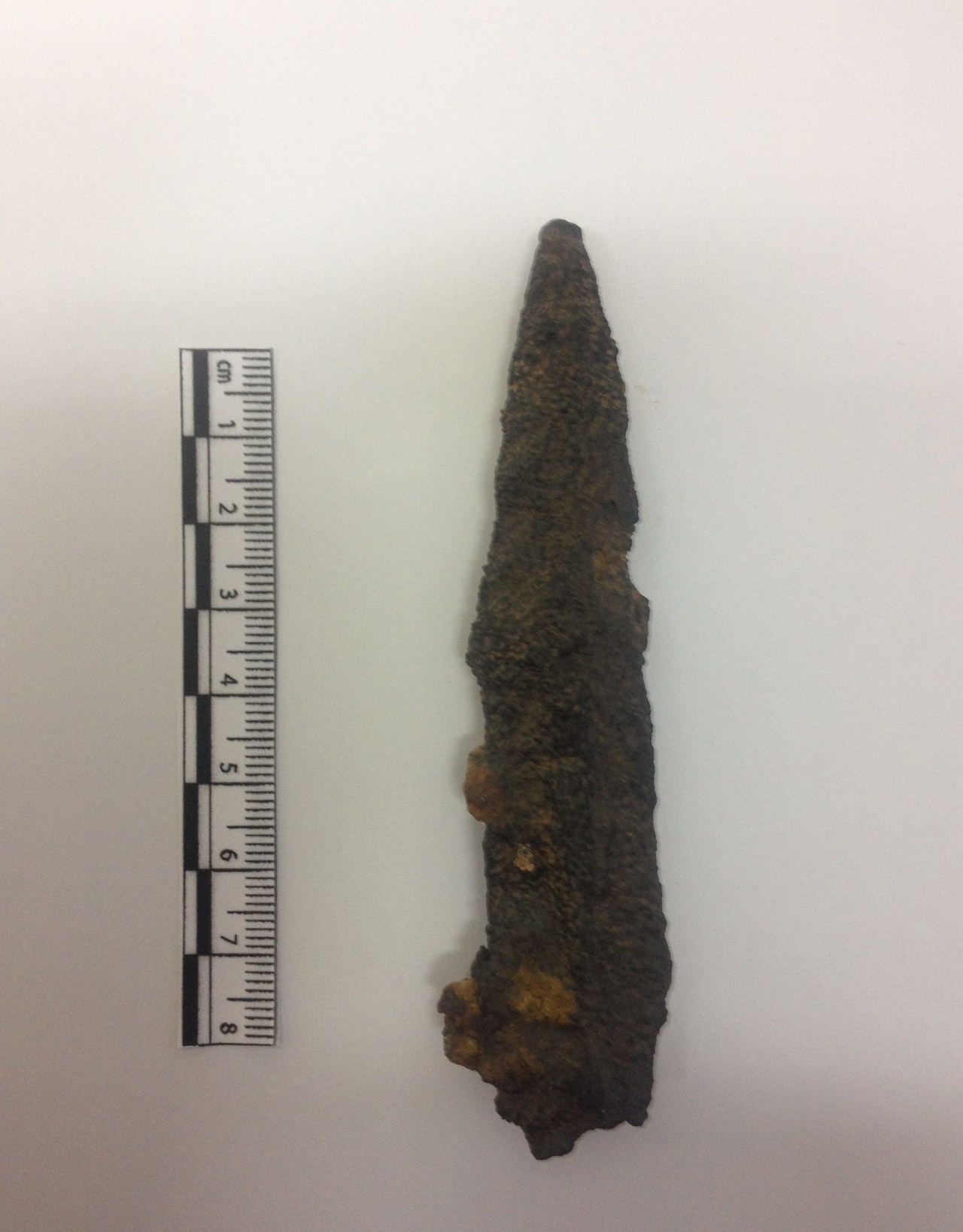Evidence Suggests New Arrival Site for Caesar's Britain Invasion
December 2, 2017
Evidence discovered by chance has convinced a team of archaeologists that Julius Caesar's second invasion of Britain landed first on the Isle of Thanet, in opposition to a longstanding theory of the Romans' arrival elsewhere.
Caesar is known to have brought a considerable amount of men, ships, and supplies to Britain twice, in successive years, 55 B.C. and 54 B.C. The first trip was little more than a sustained visit; the second trip has long been called an invasion because it involved 20,000 men and a few battles with native British tribes. In the 55 B.C. invasion, Caesar brought 800 ships. A storm ravaged the fleet after the Romans had left the ships at anchor on an even and open shore. Pegwell Bay is large enough to accommodate such a landing, the archaeologists said. In addition, the higher ground around nearby Ramsgate matches the terrain that Caesar says the local tribes retreated to when they saw the size of the Roman fleet. For many years, historians have thought that Caesar and the Romans landed near Deal, which is to the south of Thanet and Pegwell Bay. The theory has been that Thanet was very much an island until the Middle Ages; certainly at the time that the Romans arrived, it would have been the Isle of Thanet, separated from the mainland by the Wantsum Channel. The swiftness of the Roman advance inland has had historians convinced that the landing must have been on a mainland coastline. However, little evidence of the size of the Wantsum exists. Travel across it seems to have been regular for many, many years; the archaeologists have suggested that a determined Roman army might have found it not much of a hindrance. In addition, the ditch is now nearly half a mile from the sea but in Caesar's time would have been much closer to the coast. |
|
Social Studies for Kids
copyright 2002–2019
David White



 Caesar's own account of the topography he saw matches that of the area in and around Kent's Pegwell Bay, said the archaeologists, from the University of Leicester. Excavations commenced in earnest after discovery of a large defense ditch at the Thanet hamlet of Ebbsfleet that matched ones known to be Roman in Alésia, in France. Caesar and the Romans won a decisive victory over the Gauls there in 52 B.C.
Caesar's own account of the topography he saw matches that of the area in and around Kent's Pegwell Bay, said the archaeologists, from the University of Leicester. Excavations commenced in earnest after discovery of a large defense ditch at the Thanet hamlet of Ebbsfleet that matched ones known to be Roman in Alésia, in France. Caesar and the Romans won a decisive victory over the Gauls there in 52 B.C. Excavations at the Ebbsfleet site have also turned up remains of iron weapons, including part of a pilum, a Roman javelin. Pottery found in the 5-meter-wide ditch dates to the 1st Century B.C.
Excavations at the Ebbsfleet site have also turned up remains of iron weapons, including part of a pilum, a Roman javelin. Pottery found in the 5-meter-wide ditch dates to the 1st Century B.C.
